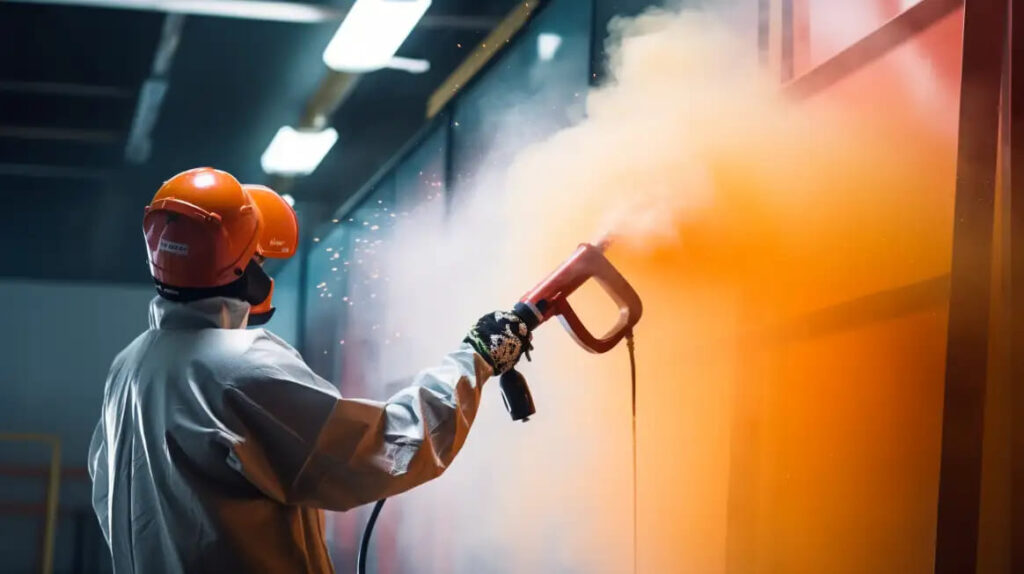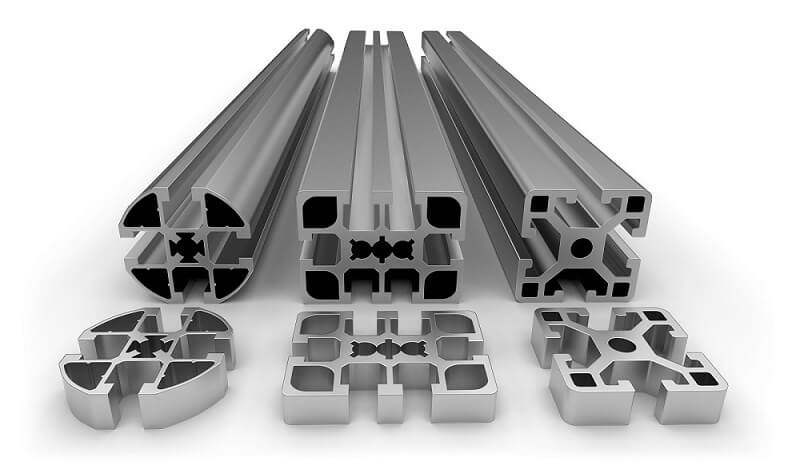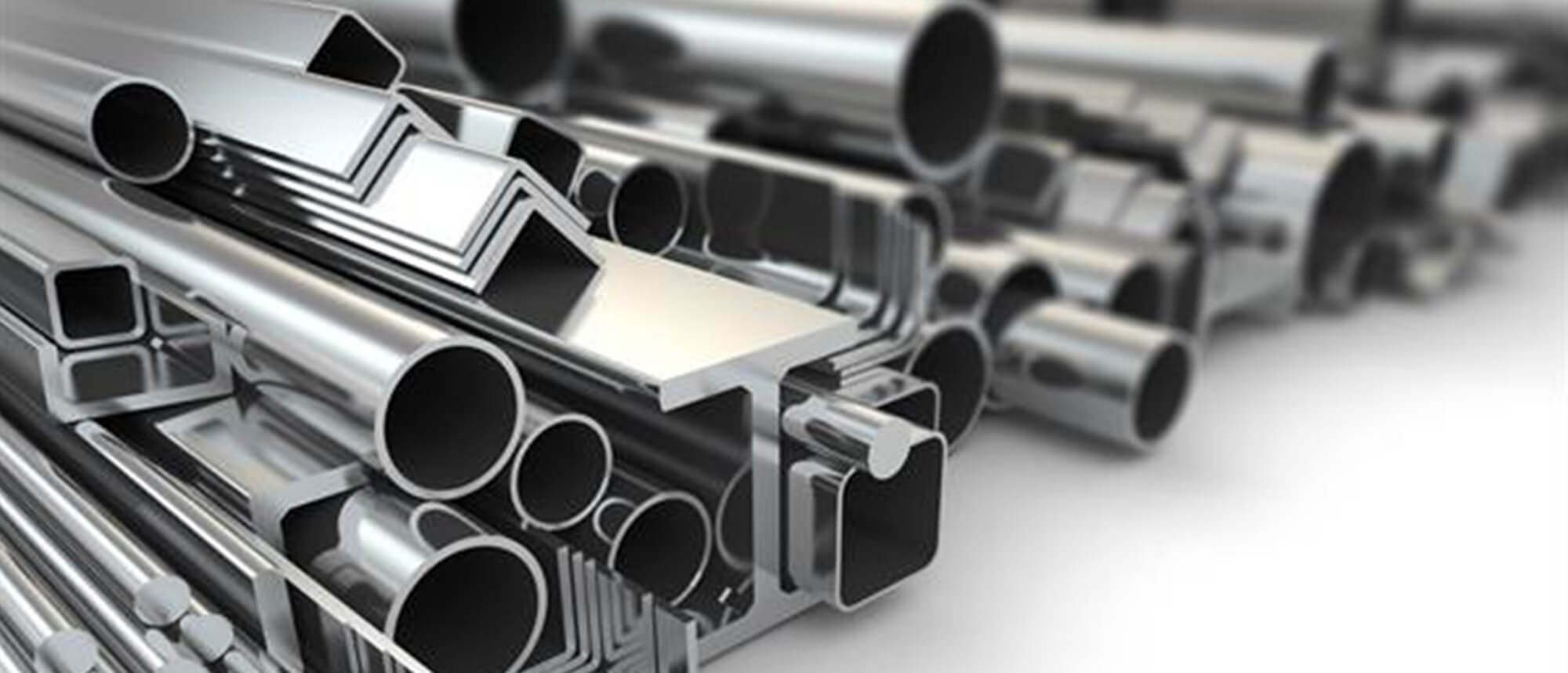Overview of different aluminum profile surface treatment methods
In the manufacturing industry, aluminum profiles have become the first choice among many materials due to their lightness, strength, and strong processability. In order to give full play to the advantages of aluminum profiles and meet the needs of different application scenarios, appropriate surface treatment methods are essential. So, what are the common surface treatment methods for aluminum profiles? What are their respective characteristics and scope of application? In this article, I will introduce them to you one by one.
1.Anodizing
Anodizing involves forming an oxide layer on the surface of aluminum through an electrochemical process. This layer not only enhances the corrosion resistance of the profile, but also allows a variety of colors and finishes to be applied. Anodizing can be applied in varying thicknesses, from thin decorative coatings to thicker protective coatings.
This method is widely used in architectural applications, automotive parts, and consumer electronics.

2.Powder coating
Powder coating is the application of dry powder to the surface of the profile, which is then heated and cured. This process produces a durable, beautiful surface that resists chipping, scratching, and fading. Powder coating is available in a variety of colors and finishes, making it a versatile choice for a variety of applications.
It is commonly used in the construction industry for window frames, doors, and curtain walls.
3.Electrostatic painting
This method involves applying a liquid paint to the surface of the profile using an electrostatic charge. When the paint particles are attracted to the profile, they form a uniform and smooth surface.
Electrostatic painting also provides excellent adhesion and durability for outdoor applications, so it is often used in the automotive industry for parts such as bumpers, grilles, and trim.

4.Chemical conversion coating
For aluminum profiles with high corrosion resistance requirements, chemical conversion coating is the preferred surface treatment method. The method is to immerse the profile in a chemical solution to form a protective layer on the surface. The chemical conversion coating can not only enhance corrosion resistance, but also improve the adhesion of subsequent coatings.
This method is commonly used for aircraft parts in the aerospace industry and ship accessories in the marine industry.
5.Other methods
In addition to these common surface treatment methods, there are other options for aluminum profiles. These include polishing, brushing and sandblasting.
Polishing involves mechanically smoothing the surface of the profile to create a reflective effect. Brushing creates a textured effect by applying an abrasive material to the surface. Sandblasting involves spraying fine particles onto the surface at high speed to create a matte or textured effect.

6.In summary
Aluminum profile surface treatment methods play a vital role in improving the appearance and protecting the profile from environmental factors. Anodizing, powder coating, electrostatic coating, and chemical conversion coating are some of the commonly used methods. Each method has unique advantages and is suitable for different applications.
Whether it is for construction purposes, automotive parts or consumer electronics, choosing the right surface treatment method is crucial to ensuring the longevity and aesthetics of aluminum profiles.
